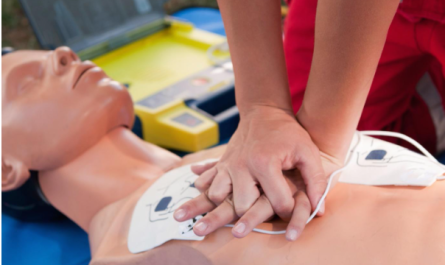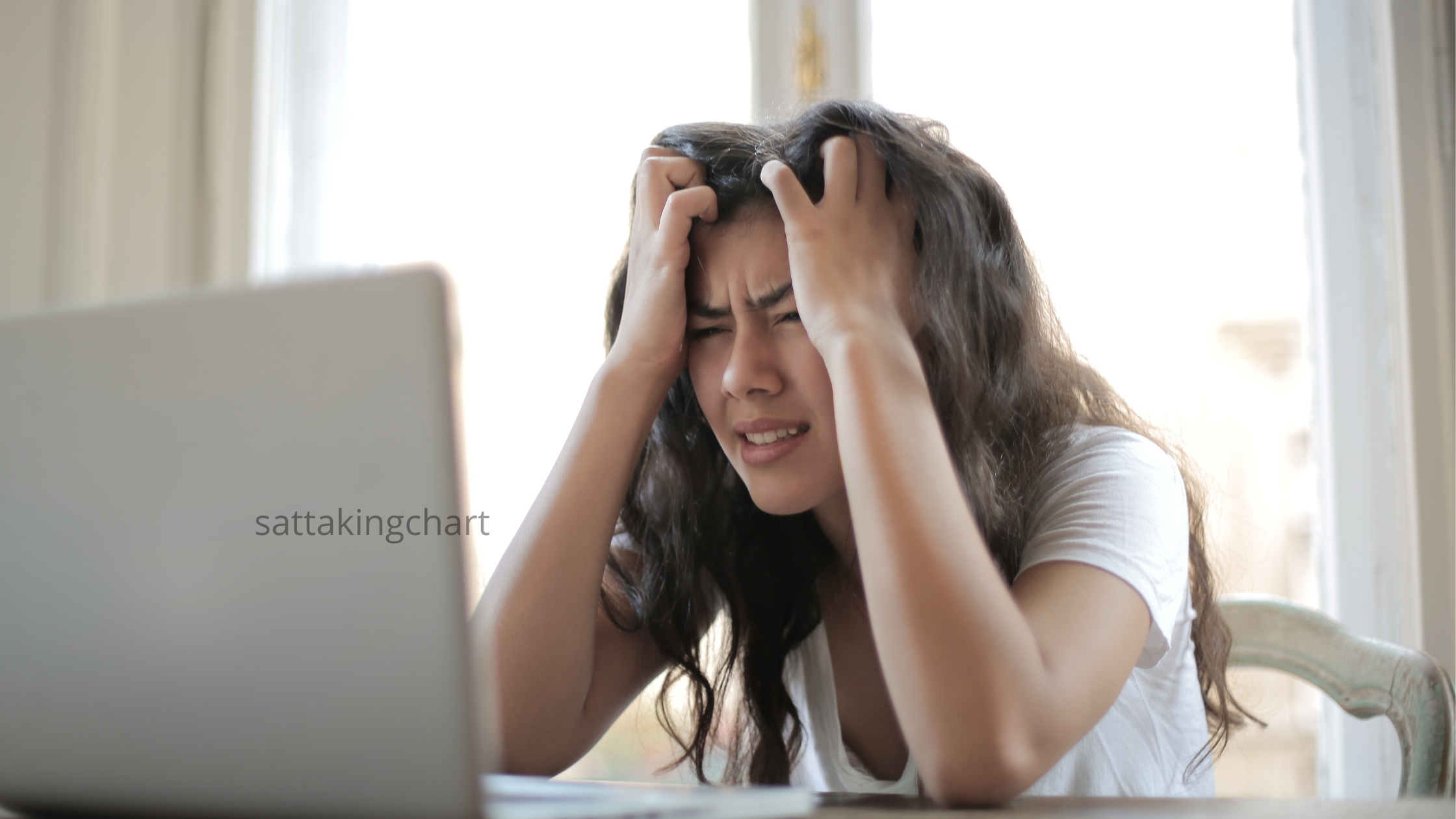Emergencies can happen anytime, anywhere, and to anyone. Whether you’re at home, driving on the road, camping in the wilderness or enjoying outdoor sports, accidents can occur. Medical emergencies can range from minor injuries to more severe conditions that require immediate attention. This is where having a first aid kit can be incredibly useful. A well-stocked first aid kit can make a huge difference in an emergency situation, potentially saving someone’s life. In this blog post, we will provide you with a comprehensive guide on first aid kit essentials and what you should include in your kit to stay prepared and safe.
What is a First Aid Kit?
A first aid kit is a collection of equipment, supplies, and medication to assist you in providing immediate medical treatment or care in the event of an injury or sudden illness. First aid kits should be located in easily accessible areas and should be regularly inspected to ensure that items are not expired or missing.
Essential Contents of a First Aid Kit
The contents of a first aid kit should cater to personal needs and situations. The basic components of a first aid kit should include adhesive bandages, gauze pads, cotton wool, safety pins, antiseptic wipes, instant ice packs, and tweezers. Additional items that are essential to include in any first aid kit include a digital thermometer, antihistamines, pain medication, gloves, sterile dressings, and scissors.
Specialized First Aid Kits
Depending on your activities and location, certain specialized first aid kits may be necessary. For example, hikers and campers may require a kit that also includes a flashlight, whistle, compass, and emergency blanket. Sports enthusiasts may need special ice packs, athletic tape, and blister pads.
First Aid Kit Maintenance
It is essential to keep your first aid kit updated and appropriately stocked. Check and make sure that your kit and its contents are well-maintained, and items frequently used are replaced immediately. Medications and ointments are famous for having expiration dates, so ensure you replace them once they are due.
Emergency Response Training
Having a well-stocked first aid kit is fantastic, but you must be informed on how to utilize it efficiently. emergency response training is essential. It will teach you about the different kinds of injuries and how to handle them, including splinting and immobilizing body parts before seeking medical attention.
Accidents can happen any time and anywhere. This is why it is important to always be prepared for any emergency situation. A properly stocked first aid kit can mean the difference between life and death. In this blog post, we will discuss the essential items that should be included in your first aid kit to ensure that you are always prepared for any emergency that comes your way.
Basic Supplies
The first and most important thing that should be included in your first aid kit is the basic supplies. These supplies include bandages, gauze pads, adhesive tape, antiseptic wipes, and scissors. Bandages are used to cover and protect wounds while gauze pads are used to absorb blood. Adhesive tape is used to hold the bandages and gauze pads in place while antiseptic wipes help to prevent infections. Scissors are also an important item to have in your first aid kit as they can be used to cut bandages and tape.
Emergency Medications
It is also important to include some medications in your first aid kit. These medications include pain relievers, antihistamines, and anti-diarrheal medication. Pain relievers such as acetaminophen and ibuprofen can help to relieve pain caused by injuries. Antihistamines can help to treat allergic reactions while anti-diarrheal medication can help to treat diarrhea.
Equipment for Emergency Situations
You should also include some equipment in your first aid kit to prepare for emergency situations. This equipment includes gloves, a flashlight, a whistle, and a thermal blanket. Gloves are used to protect your hands while treating wounds while a flashlight helps you to see in the dark. A whistle can help to call for help while a thermal blanket helps to keep the patient warm in cold weather.
Personal and Specific Items
Apart from the basic items, emergency medications, and equipment, there are personal and specific items that you should also include in your first aid kit. These items include your prescription medications, insect repellent, and sunscreen. If you have allergies or medical conditions, you should also include information about your allergies and medical conditions in your first aid kit.
Maintenance of Your First Aid Kit
Your first aid kit should be regularly checked and restocked to make sure that it is always prepared for any emergency situation. You must check the expiration dates of the medications and replace them when they expire. You should also replace any items that have been used or damaged.
Conclusion:
In conclusion, creating and maintaining a first aid kit should be a priority for everyone, regardless of the location or situation they find themselves in. Emergencies can happen at any time, and having a well-equipped first aid kit can be a lifesaver. We hope that this guide has helped you understand the importance of having a first aid kit and the essential components required for your kit. Don’t forget to inspect and restock your kit regularly so that it is always up-to-date and ready to use in the event of an emergency. Stay prepared, stay safe.
In emergencies such as accidents, it is important to have a well-stocked first aid kit on hand. The items mentioned above are essential for any first-aid kit. In addition, you should also have a basic knowledge of first-aid procedures since the kit alone will not be sufficient. Now that you know the essential items, you can start building your own first aid kit and be prepared for any emergency that comes your way. Stay safe, stay prepared!


